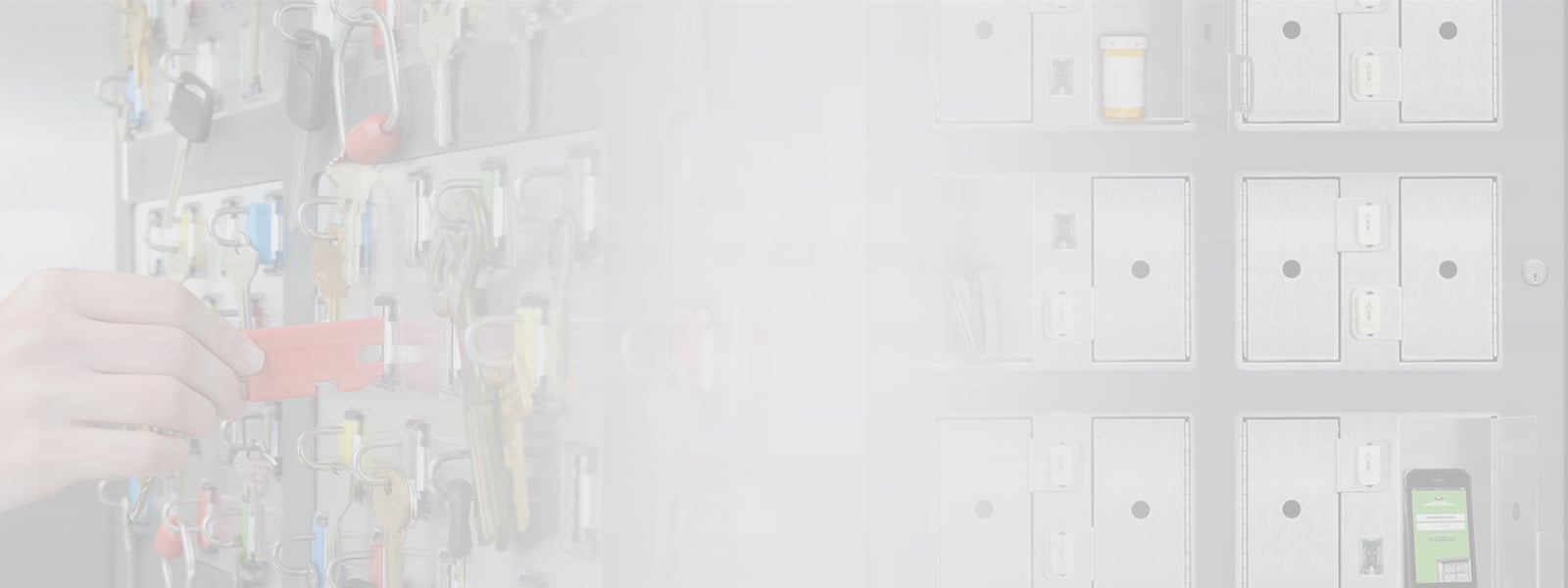While the need for key management and asset control systems remains a constant across a wide variety of security applications, the possible configurations of the systems are as varied as the applications themselves. From cabinet size to module selection to system integration, key control systems can be custom designed to accommodate almost any requirement.
Once you have identified your needs, configuring a key control solution begins with selecting a cabinet size and, if more than one cabinet is required, choosing either a linear (side-by-side) or a stacked arrangement. Next up is selecting the modules to fill the cabinets. Choices may include a selection of mechanical key storage modules, key card-style modules, lockers of various sizes or simply blank modules to be filled at a later time. The combination of modules is entirely up to the user, which provides the ability to customize and also change the system to meet specific needs.
For example, facilities such as a university campus where control of both key cards (i.e. card access) and mechanical keys is required might design a system that consists of those two types of modules. Campus security may additionally include a locker for storage of two-way radios, laptop computers and other valuable items.
For additional security and functionality, the key modules may be equipped with smart key fobs that feature steel locking rings with an identification chip. Each individual key is secured on the key locking ring and when the fob is inserted into or removed from the key slot, identification data is stored and can be retrieved for tracking purposes. For storing large groups of keys or larger keys like Folger Adam keys, key ring systems are available.
Access to the keys and/or other stored valuables is physically accomplished through a user interface with options ranging from keypads to biometric solutions to access control cards. If language and/or ease of use issues are a problem, key management systems with biometric identification access should be included in the system build. The user interface can be designed into the key cabinet for easy accessibility or it may be designed in a stand-alone configuration. Users can only access keys or open lockers for which they have an authorized user code.
To further enhance control and maximize reporting capabilities, management software can be installed. This allows permission levels for each user code to be established and data can be monitored from any desktop connected to the network. The software can run activity reports, sort based on different criteria, view and print reports and more. Additionally, when the system is networked, users have the optional advantage of adding single modules anywhere required. For instance, if a new building or area is added to the facility, a single key module can be installed at that location which will allow local access to the building/area keys rather than having staff walk to a central site to access keys.
An orderly and secure system for the management of keys and other valuable assets that is custom designed for the application is a cost effective way to help ensure the security in any facility or area.



